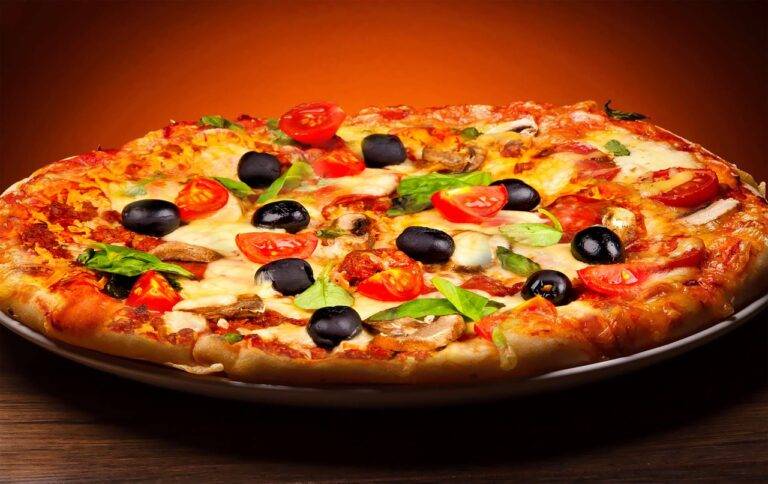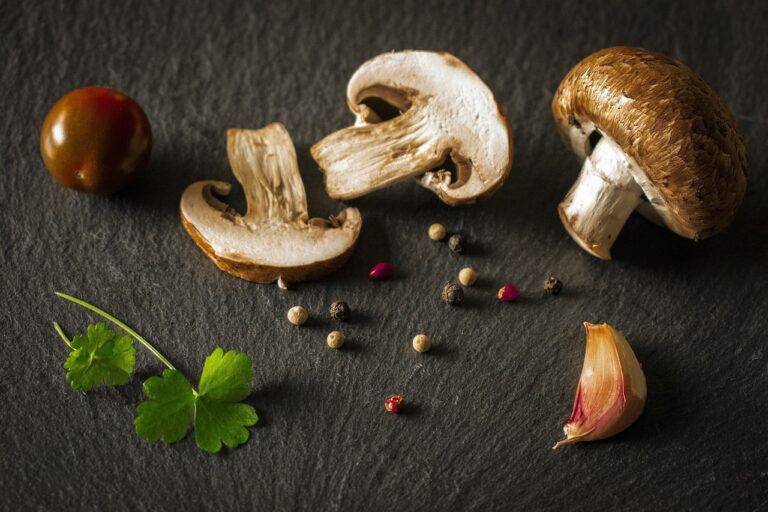Exploring the World of Traditional German Cuisine
German cuisine is renowned for its hearty and comforting dishes, many of which have become staples in households around the world. From sauerkraut and bratwurst to schnitzel and potato salad, traditional German cuisine is characterized by its rich flavors and generous portions. These dishes often showcase a perfect balance of savory, sweet, and tangy flavors that are a true reflection of the country’s culinary heritage.
In addition to meat-based dishes, German cuisine also boasts a variety of delicious soups and stews that are perfect for warming up on a cold day. Classics like goulash and lentil soup are beloved for their robust flavors and ability to satisfy even the heartiest of appetites. With a focus on simple yet high-quality ingredients, traditional German dishes are a celebration of good food and good company, making them a favorite choice for any occasion.
Regional Variations in German Cuisine
In Germany, each region boasts its own culinary specialties, creating a rich tapestry of diverse dishes that reflect the country’s history and geography. From the sauerkraut and sausages of Bavaria to the hearty stews of the Rhineland, the regional variations in German cuisine highlight the unique flavors and cooking techniques found across the country.
The northern coastal areas are known for their love of seafood, with dishes like herring salad and smoked eel featuring prominently on menus. In contrast, the southern regions gravitate towards heartier fare, such as the famous Black Forest ham and Swabian noodles. These regional differences in German cuisine contribute to the country’s culinary heritage, enticing food enthusiasts to embark on a gastronomic journey through its diverse flavors.
Popular German Ingredients
Germany is renowned for its diverse and flavorful cuisine, with several ingredients playing a vital role in traditional dishes. One such staple in German cooking is potatoes, which are used in various forms such as mashed, fried, or boiled. Potatoes serve as a hearty base for many dishes and are often paired with meat or served alongside vegetables.
Another key ingredient in German cuisine is pork, which is widely used in dishes like sausages, schnitzels, and stews. Pork provides a rich and savory flavor to many traditional German recipes and is often seasoned with aromatic spices like caraway, mustard, and paprika. The versatility of pork allows it to be incorporated into different types of dishes, making it a beloved ingredient in German cooking.





